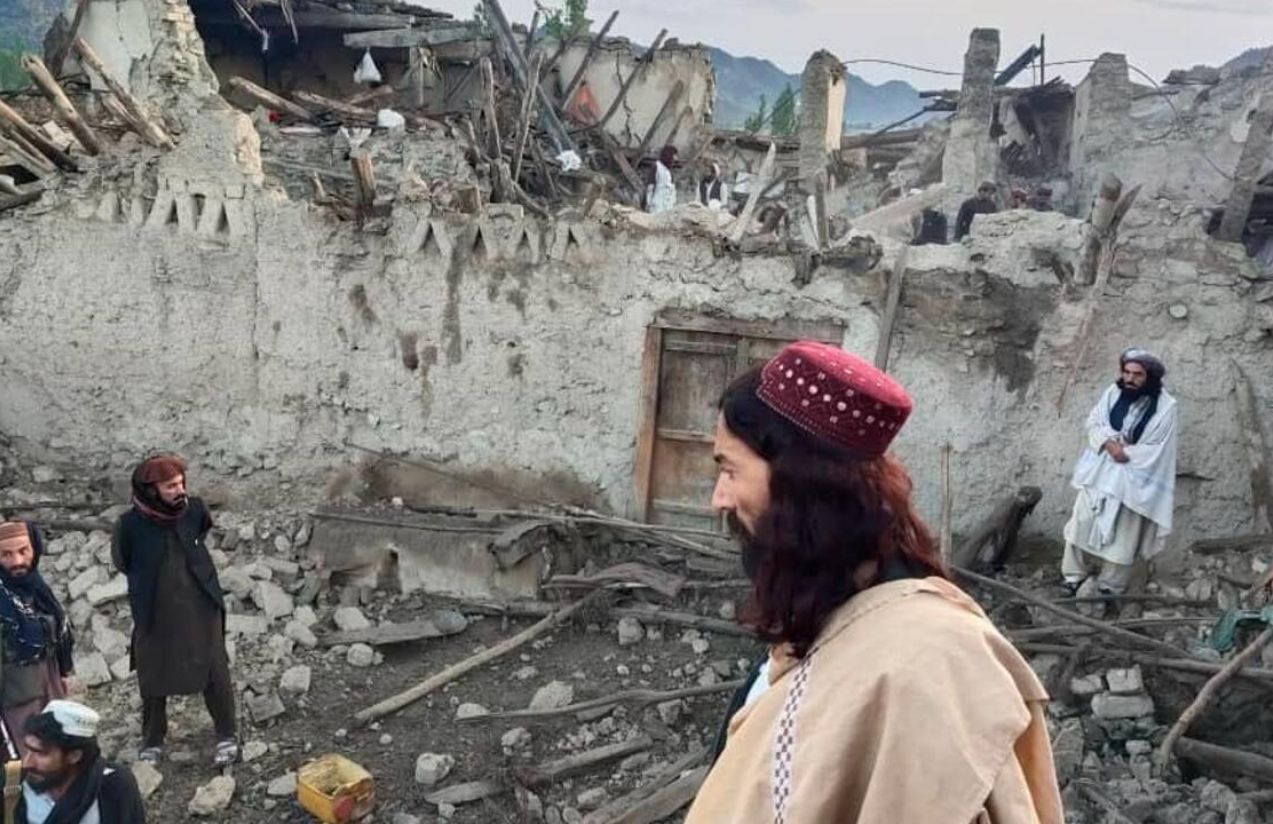On Sunday night, a magnitude 6.0 earthquake struck eastern Afghanistan, leaving devastation across remote mountainous areas. The Taliban Interior Ministry has reported more than 600 dead and at least 1,300 injured, though the numbers are expected to rise due to the isolation of affected communities and communication breakdowns.
The hardest-hit province was Kunar, bordering Pakistan. In one village alone, at least 21 people lost their lives and 35 were injured, with authorities describing the situation as “horrific.” The quake struck at 11:47 p.m. local time (19:17 GMT), with its epicenter just 27 km from the city of Jalalabad and at a shallow depth of only 8 km, amplifying its destructive impact.
Rescue efforts are being complicated by geographic and climatic challenges: steep terrain, recent rains, blocked routes, and the lack of phone coverage are slowing down emergency operations. Taliban authorities deployed helicopters from Nangarhar and received support from volunteers, many of whom donated blood in local hospitals.
Afghanistan is highly vulnerable to earthquakes due to its location along active fault lines and the weakness of its infrastructure. The impact is reminiscent of the 2022 quake that killed more than 1,000 people in the same region.
Can authorities control this tragedy without worsening the humanitarian emergency?
It seems unlikely. The combination of limited access, fragile infrastructure, and adverse weather conditions suggests that the real number of victims and displaced people will continue to climb, while humanitarian response faces one of its toughest challenges in recent years.

